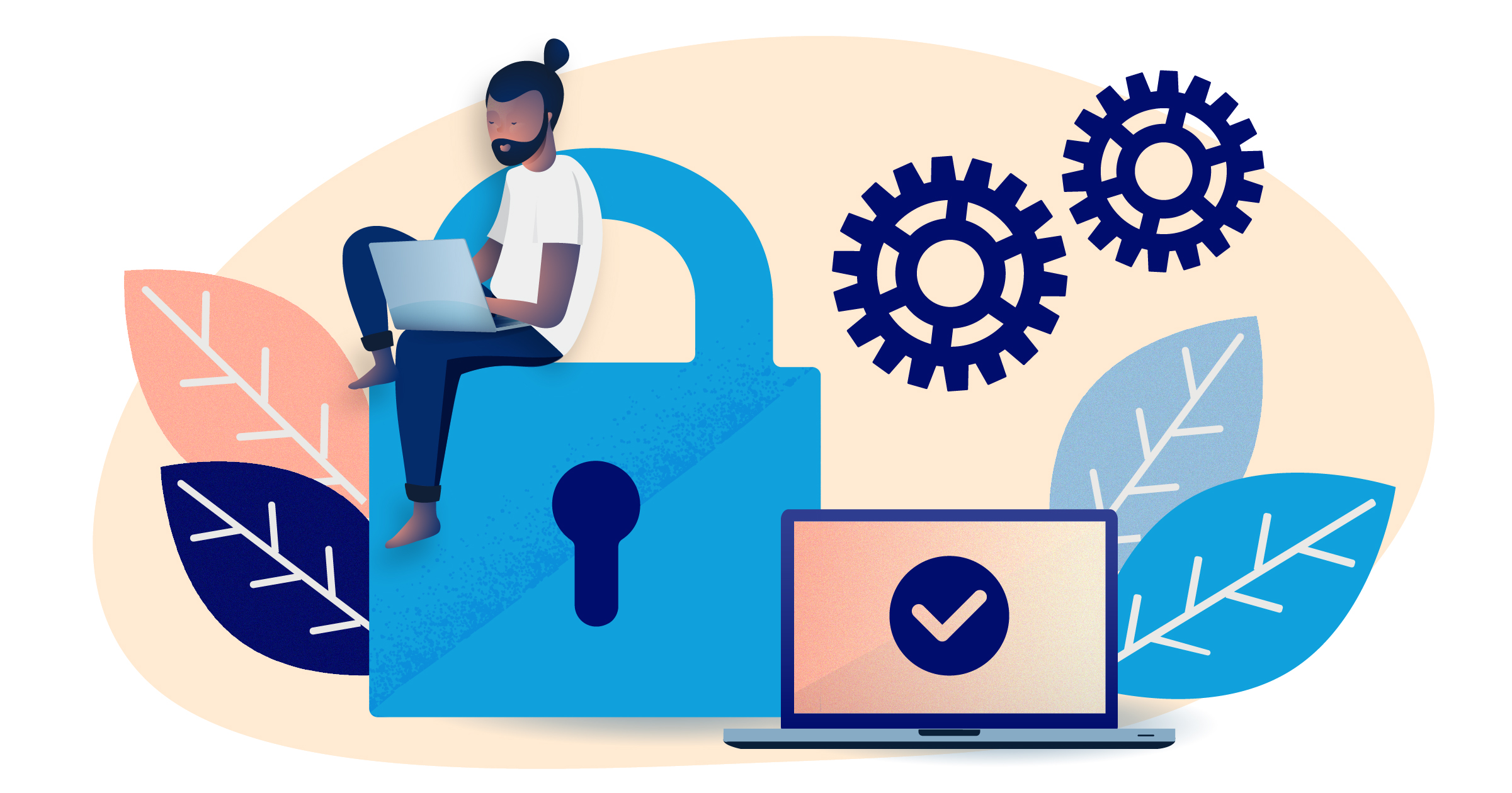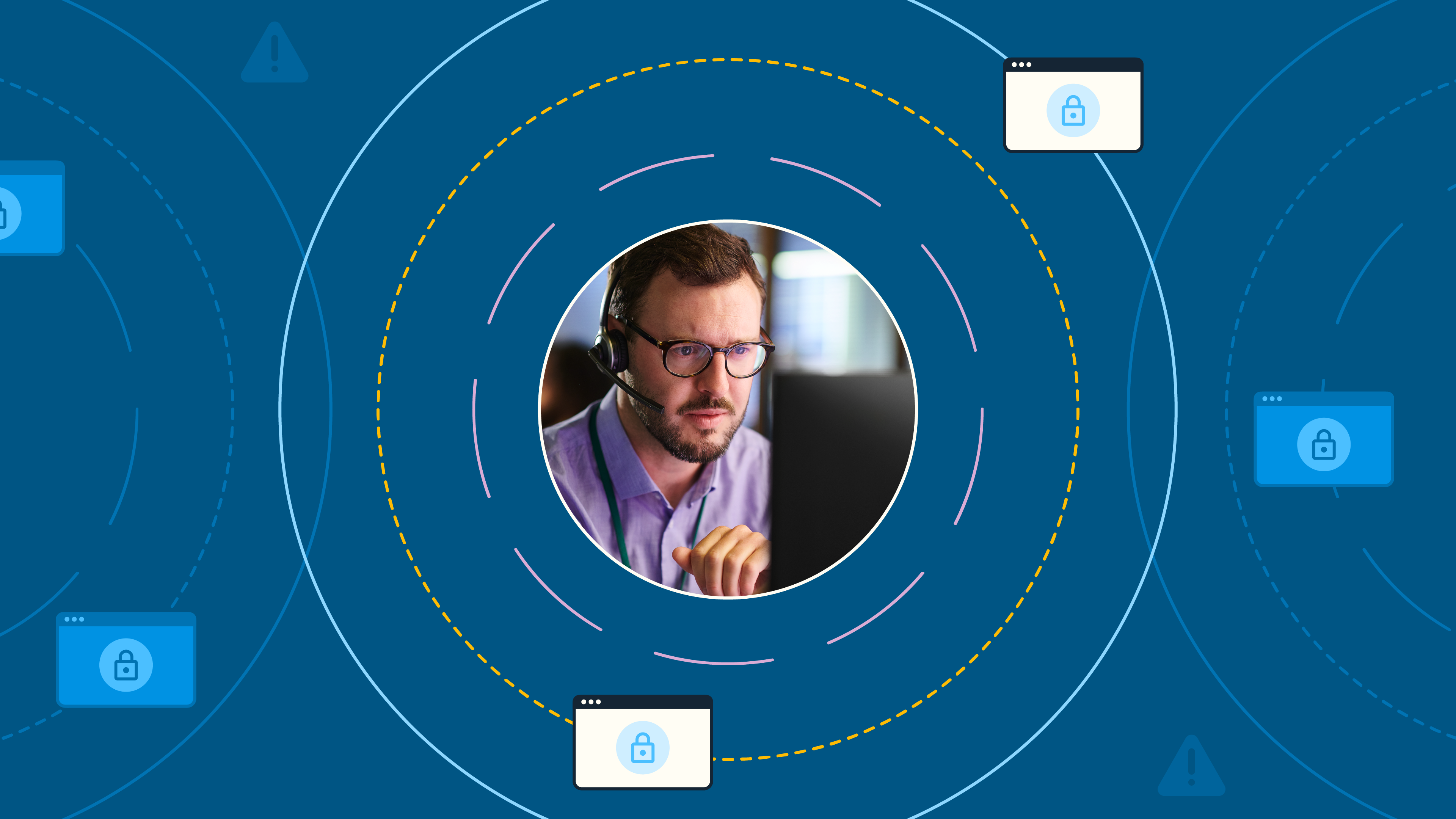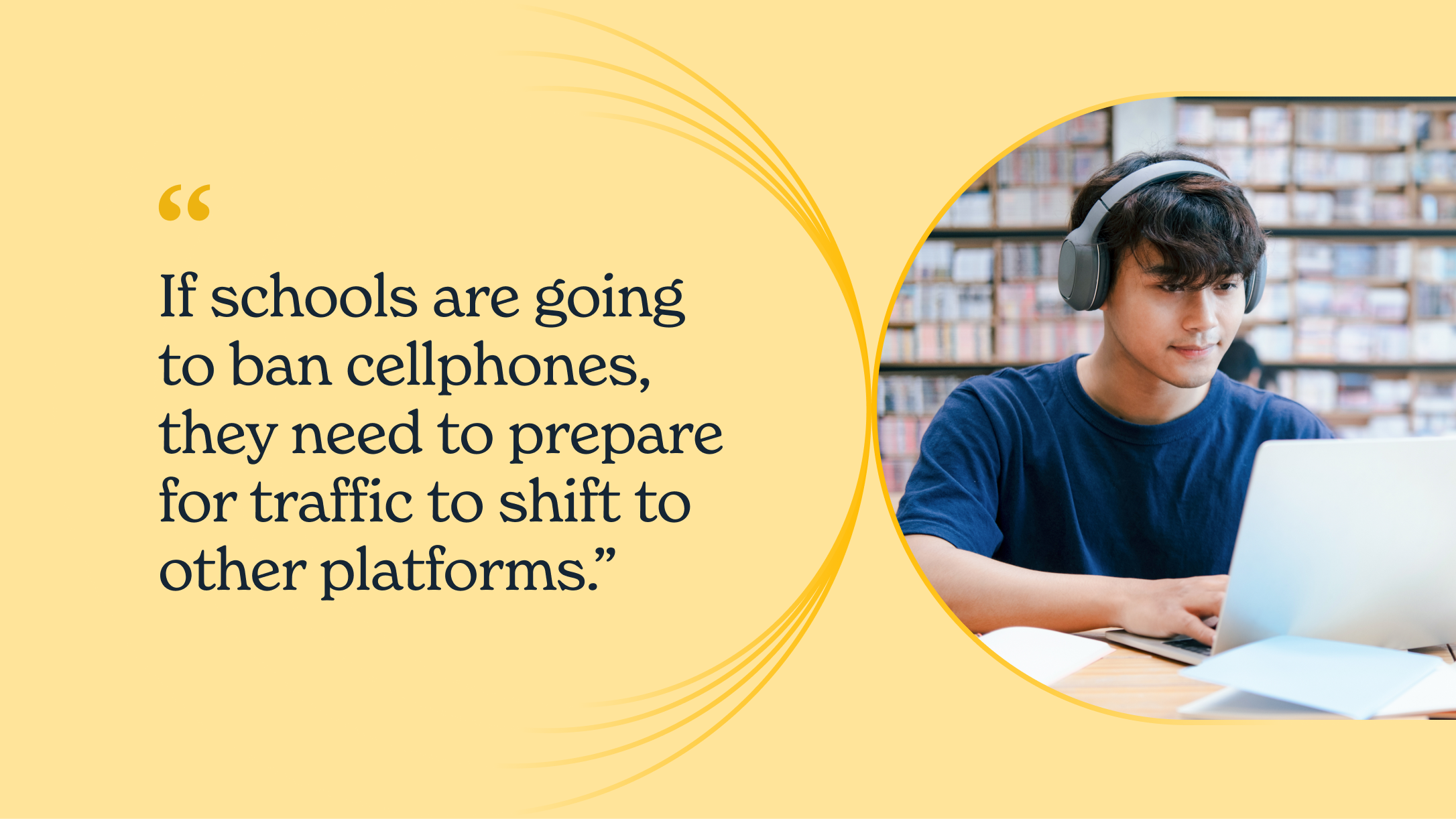
Even before the COVID-19 pandemic sent schools online, the growing presence of technology in classrooms moved student safety and privacy topics to the forefront of conversations in districts across the country. Access to devices and the internet has created countless Learning opportunities, creating efficiencies for educators and multiplying resources available to school communities — but the internet is a vast and varied place, and the need for online safety is vital.
A recent survey from Morning Consult polled a nationally representative group of nearly 2,500 K-12 caregivers, teachers, and administrators and found significant concerns for student mental health and a high level of support for schools using online technologies to help keep kids safe.
Among the key findings related to student mental health and safety from the survey:
- Concern for student safety is high: More than 83% of K-12 caregivers, educators, and administrators feel a high level of concern for student mental health and violence in schools.
- The internet plays a role in influencing self-harm or violence: More than 72% of respondents agreed the internet plays a strong role in influencing students to harm themselves or others.
- Unrestricted access can be detrimental or harmful: Over three in four respondents agree that unrestricted access to the internet on school-issued devices can be detrimental to student mental health.
- There is support for online tools that protect student safety: Nearly 90% of all respondents are supportive of online educational technology that could help detect signs of a student considering harming themselves or others.
At the heart of this matter are two complex issues that sometimes seem in opposition — student safety and privacy. Parents, caregivers, educators, and community members all want schools to protect both students’ safety and privacy. But how can schools leverage valuable digital resources while protecting their community of students?
Try a little TACT
Teddy Hartman, Head of Privacy at GoGuardian, suggests schools can balance these two interests while building trust with the community by taking a TACT-ical approach. When it comes to implementing school technology, Hartman, a parent and former educator himself, suggests school leaders start by focusing on four elements collectively known as TACT: Transparency, Access, Communication, and Teamwork.
- Transparency
Transparency builds trust between a school and its community of students and families. Make sure your school system publicly shares a list of all technology vendors, the data privacy protections each vendor (and the school) has in place, the specifics of when and on which devices the technology is active, and how these technologies are used to support student safety. (For example, with GoGuardian Beacon, schools can activate the School Session Indicator, an additional layer of transparency that displays on any device being monitored.)
- Access
By the nature of the technology, student safety tools will most likely contain sensitive student information — especially if the technology identifies students who may be actively planning to harm themselves or others. Schools must be cautious in deciding who can access sensitive student data, and parents and caregivers have a right to ask who has the authorization to view their child’s information at the school and through the vendor.
School system leadership should work closely with their technology team to ensure qualified school staff and authorized school partners (such as a local mobile crisis team) trained in handling sensitive information are the only ones who can access alerts. If a school partner is part of the notification process, then the school system should have an agreement in place with the partner that identifies both parties’ responsibilities for handling sensitive student information per the Family Educational Rights and Privacy Act (FERPA).
- Communication
Ongoing communication between the school system and its community of students and caregivers is essential to any successful edtech implementation. However, it’s especially critical when implementing student safety technology.
Before deploying student safety technology, schools should provide information on what parents can expect if their student’s activity generates an alert. Schools should also consider providing resources for parents to learn more about digital citizenship, warning signs for potential suicide or self-harm risk and how they can access help for their child.
- Teamwork
Technology is only one piece of student support. While technology can play a powerful role in helping schools protect students from harmful content and identify students who may be experiencing a mental health crisis, schools must integrate the technology into a broader student support program. Ideally, schools should have two things in place as they begin to deploy the self-harm alerting technology: (1) clearly articulated protocols for how to handle a notification that a student may be actively planning an act of self-harm or suicidal ideation (ex: the Model School District Policy on Suicide Prevention), and (2) a team of mental health and counseling professionals trained both on the software and how to respond to alerts.
Striking the balance requires work
Schools are uniquely positioned to support student mental health and connect families with resources, but doing so requires a system-wide dedication to protecting student privacy. We owe it to our children to take a balanced, nuanced approach to their privacy and safety. Finding the right balance takes intentional work — but it’s work that is worthwhile.
This blog is based on our recently published whitepaper about protecting students and their privacy. Be sure to navigate to our page on keeping students safe online for more information.








